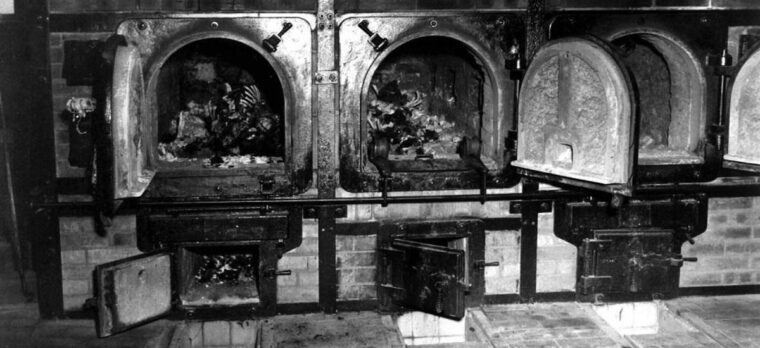
WWII
Adolf Hitler and the Euthanasia Connection
By Charles W. SasserWorld War II, the deadliest military conflict in history, claimed the lives of nearly four percent of the Earth’s 1940 census. Read more
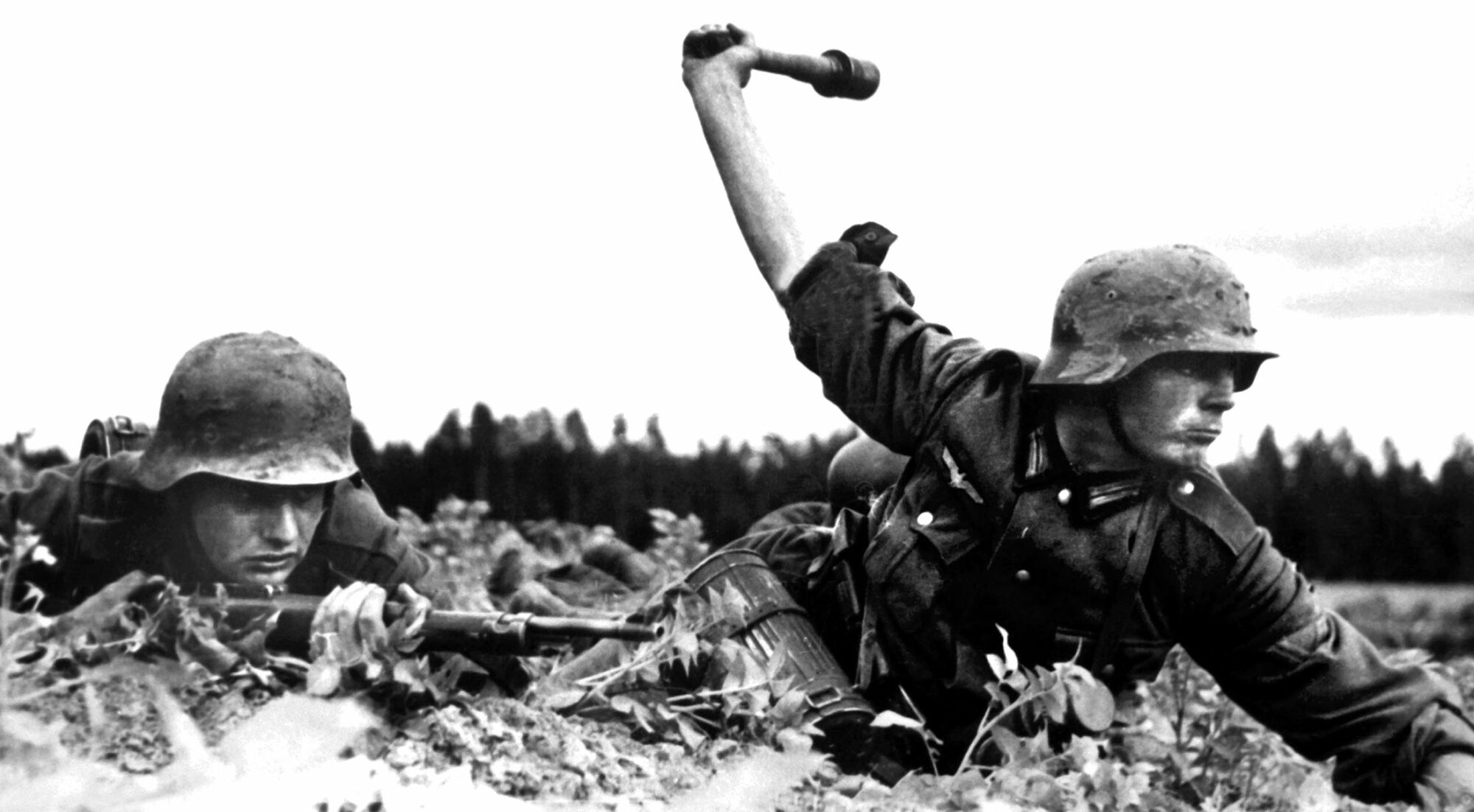

WWII
World War II, the deadliest military conflict in history, claimed the lives of nearly four percent of the Earth’s 1940 census. Read more
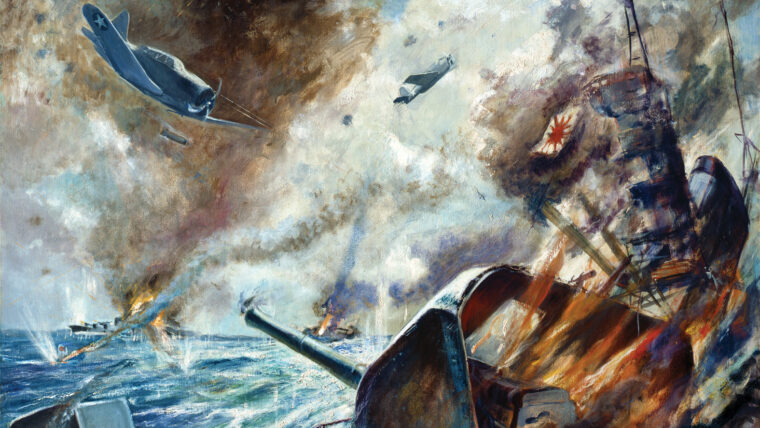
WWII
For Australian coastwatcher Ruby Boye, an Allied agent stationed on the South Pacific island of Vanikoro, it started much like any other morning. Read more
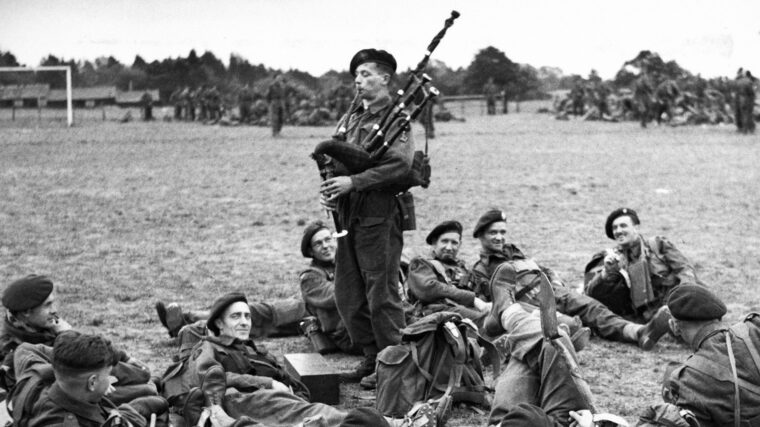
WWII
It was the evening of Monday, June 5, 1944, and an armada of almost 5,000 ships stood off the southern coast of England, primed and ready for the greatest amphibious invasion in history. Read more
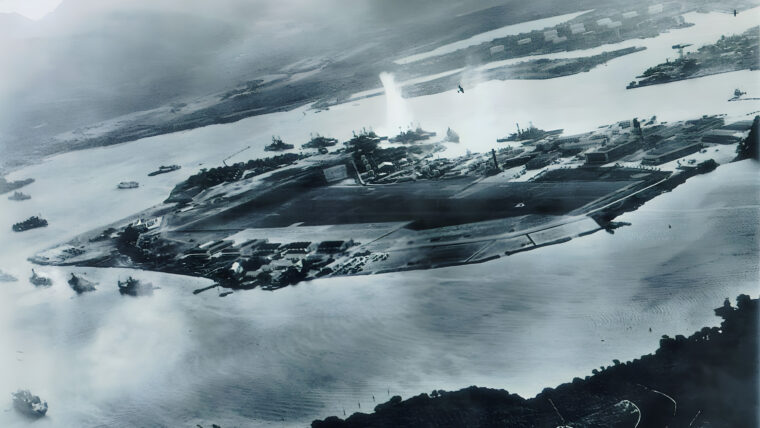
WWII
EDITOR’S NOTE: The following is a work of fiction written as if it were historical fact. It is a chapter in a book of alternate history entitled Rising Sun Victorious (Greenhill Books, London, 2001), which is a compilation of like chapters and was a Main Choice of the Military Book Club and Alternate Selection of the History Book Club. Read more
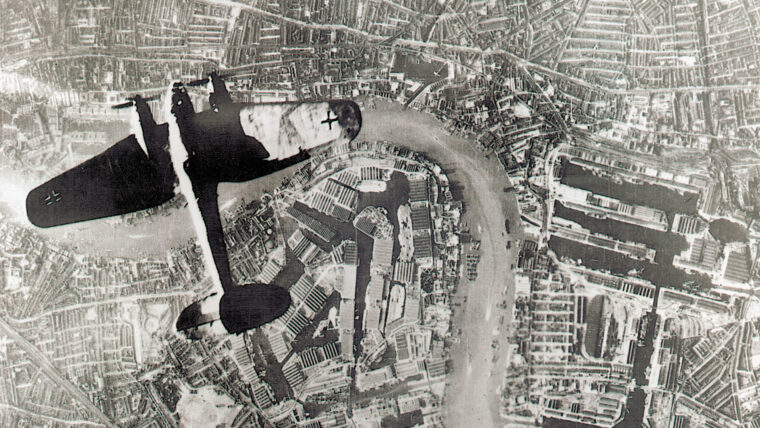
WWII
During the summer of 1940, Winston Churchill was fighting a two-front war. The first was against Adolf Hitler and his war machine, particularly his Luftwaffe. Read more
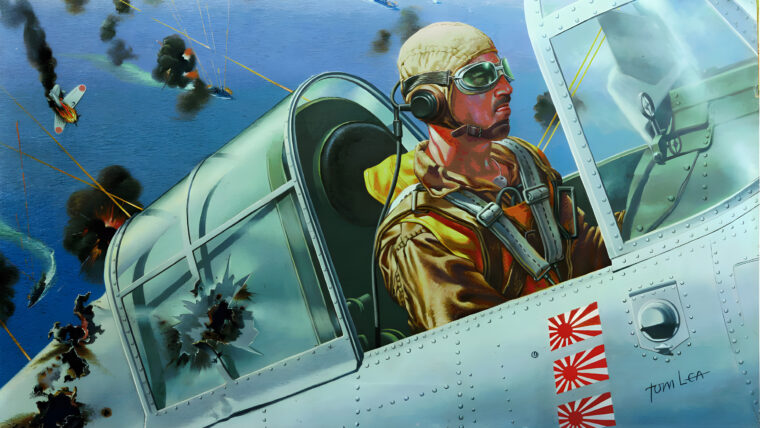
WWII
The seesaw land, air, and sea battles on, over, and around desperately contested Guadalcanal island had been raging since August 7, and still there was no victor. Read more
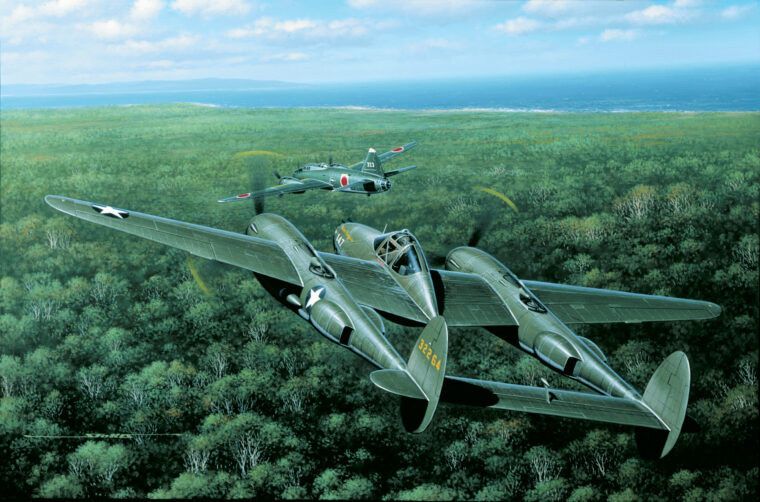
WWII
On the morning of December 31, 1941, Admiral Chester W. Nimitz assumed command of the U.S. Pacific Fleet. Read more
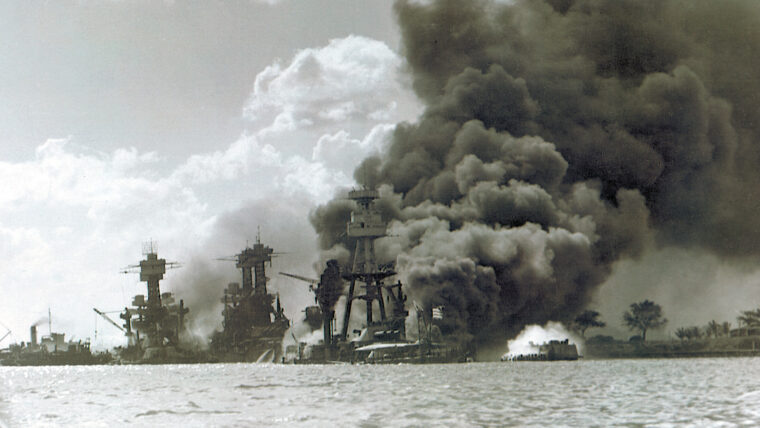
WWII
When Lt. Cmdr. Matsuo Fuchida, commander of the Japanese strike force at Pearl Harbor, arrived over the naval base on the morning of December 7, 1941, the sight that greeted him—enemy battleships resting placidly at anchor—put him in mind of an earlier war. Read more
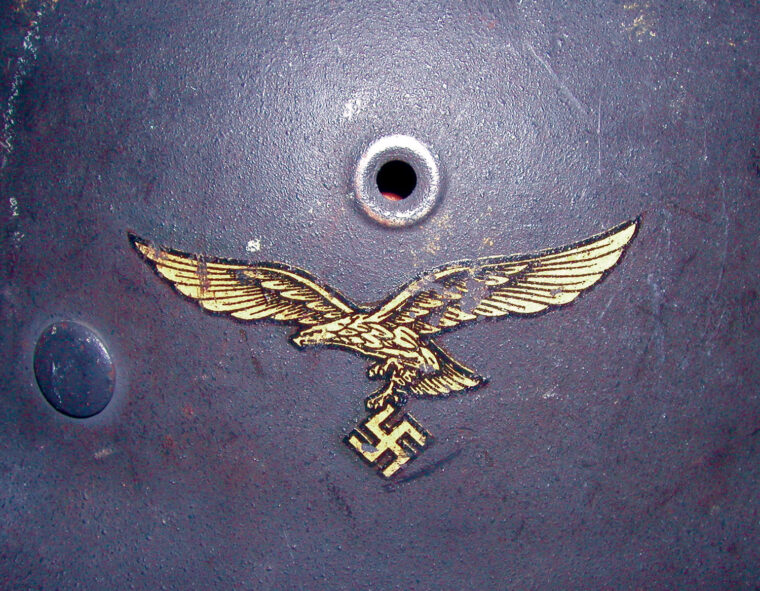
WWII
In the annals of 20th-century warfare the modern combat helmet has easily become one of the most recognizable pieces of battlefield equipment. Read more
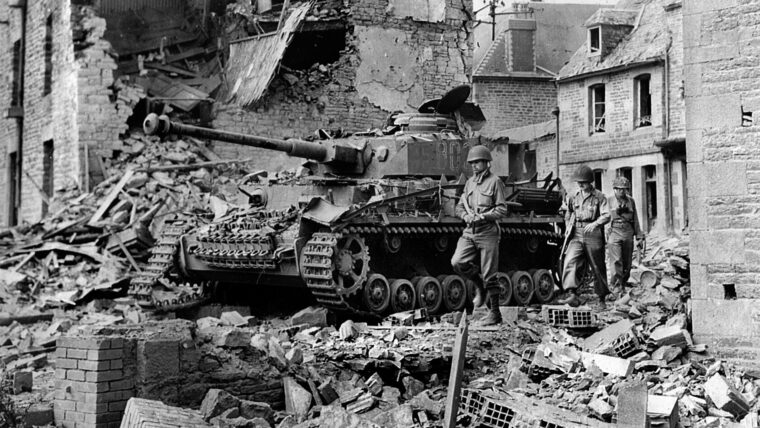
WWII
Concentrated against the beaches of Normandy on June 6, Operation Overlord landed 9 army divisions plus support troops on five beaches in anticipation of a breakout across France and toward Berlin. Read more
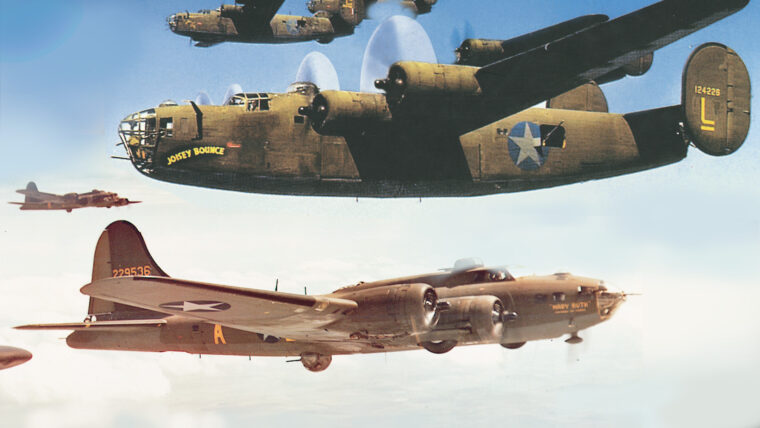
WWII
One of the most frequently discussed arguments to come out of World War II is which was the “better” bomber, the Boeing B-17 Flying Fortress or the Consolidated B-24 Liberator. Read more
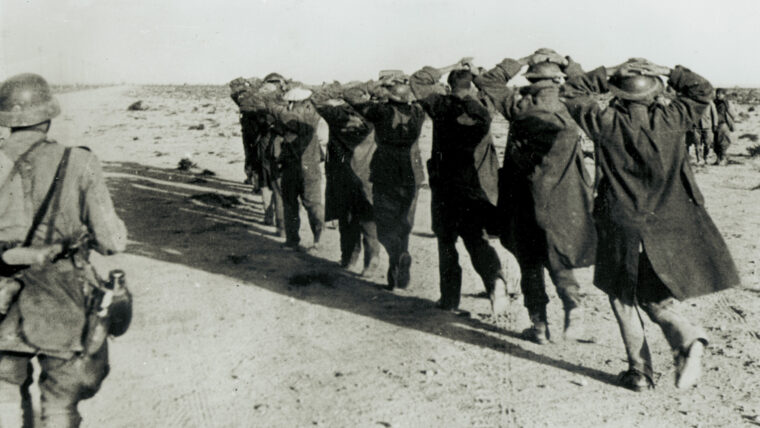
WWII
German Field Marshal Erwin Rommel, renowned as “the Desert Fox,” was a master of mobility and maneuver warfare during the see-saw North African campaign of World War II. Read more
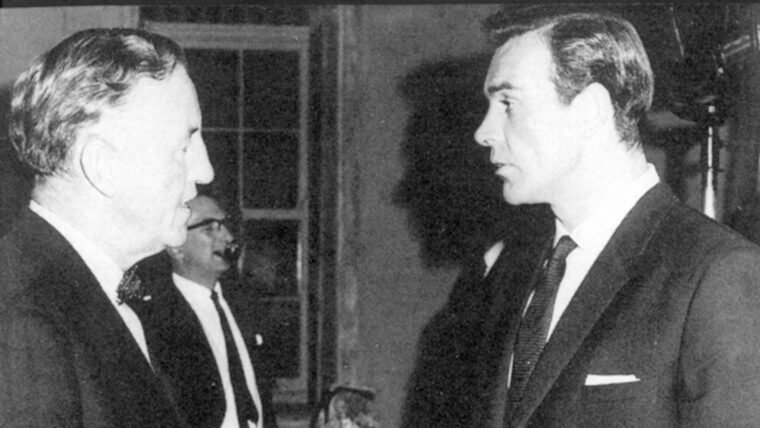
WWII
Ian Fleming’s biography would certainly include creating the famous British spy James Bond, but the author also led a secret life of his own. Read more
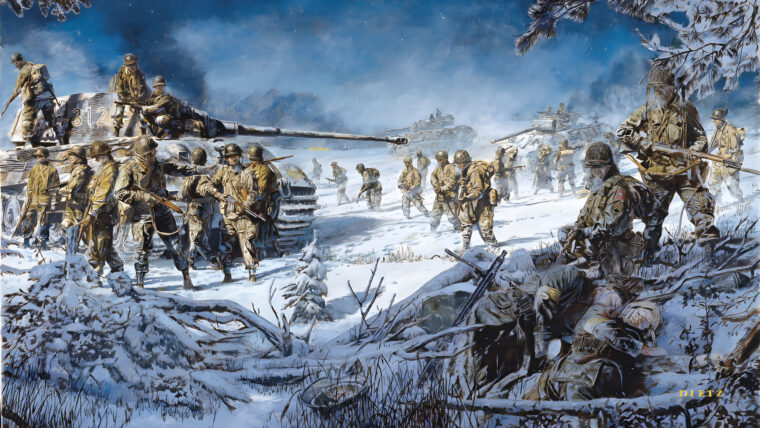
WWII
By summer’s end 1944 Adolf Hitler, along with much of his staff, began to realize that Germany was in serious danger of losing the war. Read more
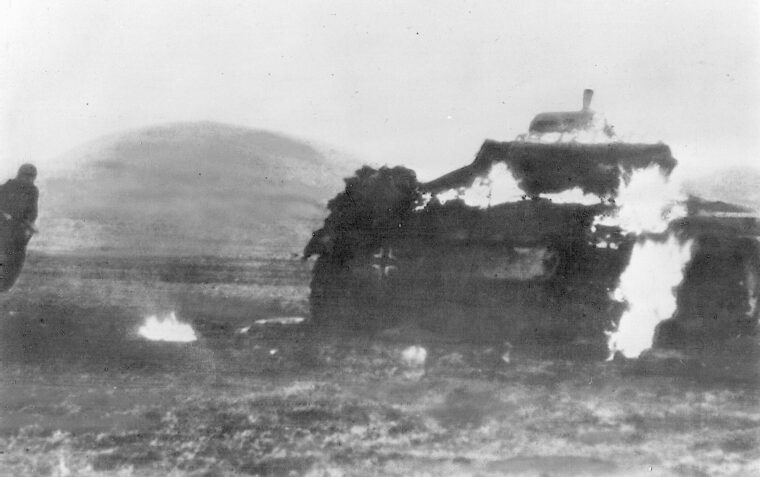
WWII
The North African sky was clear and cold on the evening of February 13, 1943, as American General Dwight D. Read more
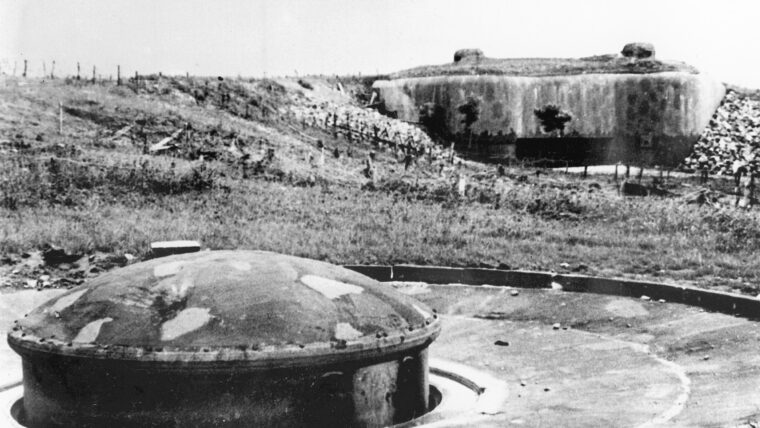
WWII
Like a disjointed, moss-covered, concrete serpent, the French Maginot Line snakes some 800 miles, from the Mediterranean border with Italy northward, until it disappears near the North Sea. Read more
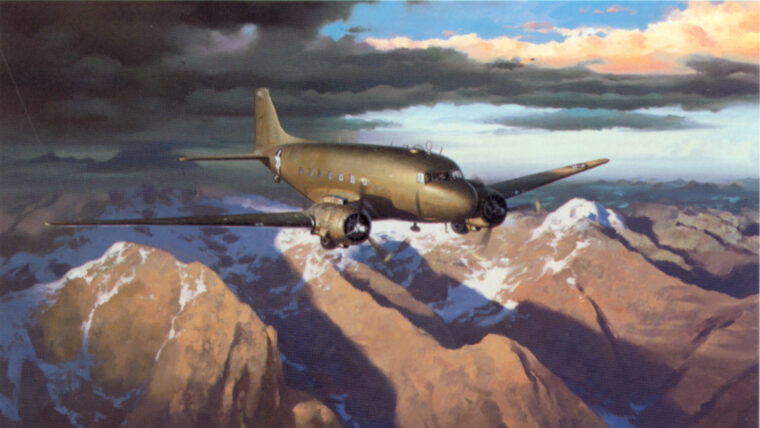
WWII
Superficially, Phil Cochran personified the WWII fighter pilot, a combat daredevil, nonchalant about the niceties of rank and zealous in pursuit of what he called “chicks.” Read more
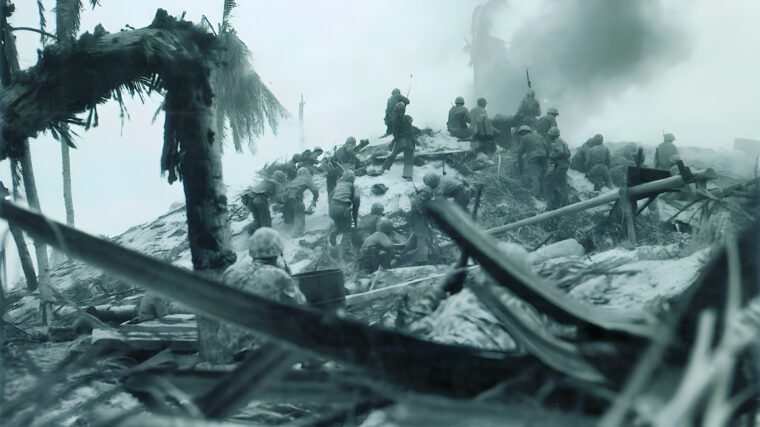
WWII
Pfc. Clayton Jay of Lamesa, Texas, was watching the sunrise from the attack transport Zeilin in the early morning hours of November 19, 1943. Read more
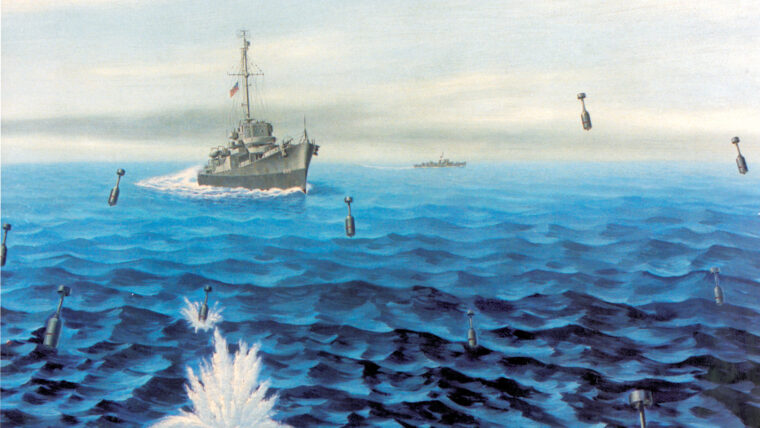
WWII
In the Spring of 1944, Japanese Admiral Soemu Toyoda assembled a large fleet of warships at Tawi-Tawi in the southern Philippine Islands. Read more
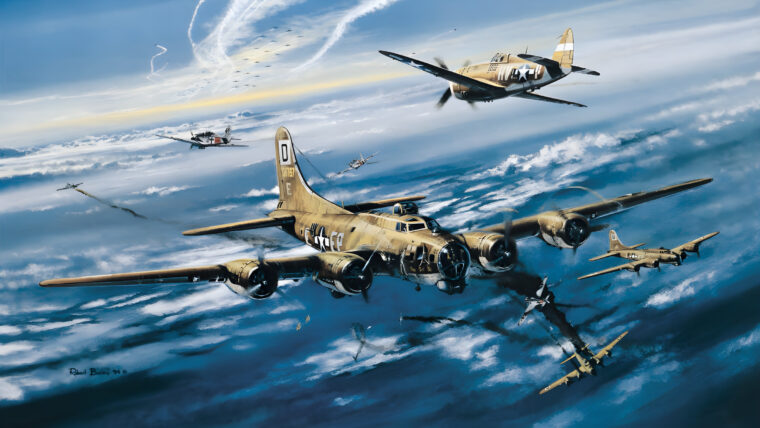
WWII
The popular conception of the struggle in the air over northern Europe during World War II is of squadrons of sleek fighters racing over the German heartland to protect contrailed streams of lumbering bombers stretching beyond sight. Read more